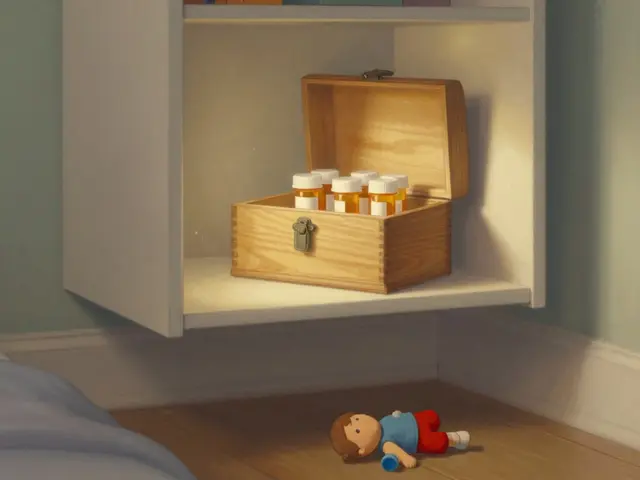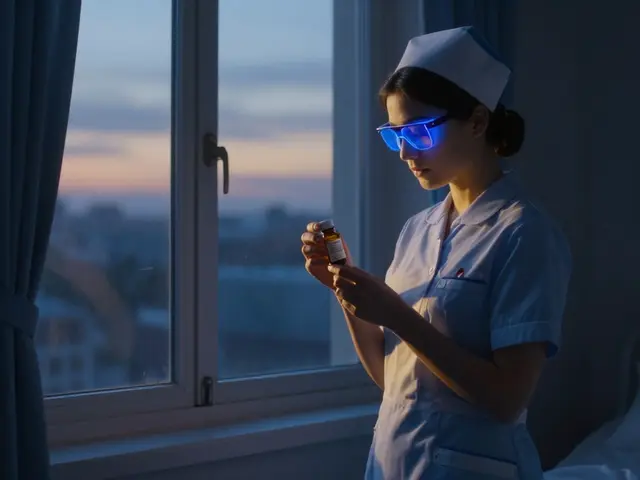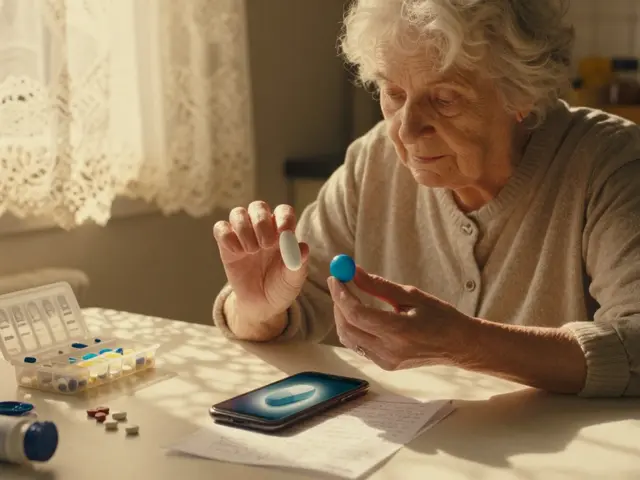Athlete's Foot: How to Spot It, Treat It, and Keep It Away
Itchy, cracked skin between your toes? That’s usually athlete's foot (tinea pedis), a fungal infection that loves warm, sweaty places. It’s common, easy to catch in locker rooms or shared showers, and stubborn if you don’t treat the cause. This page tells you what to look for, what actually works, and simple steps to prevent a repeat.
Signs, causes, and when to worry
Typical signs are itching, burning, peeling skin, especially between toes. You might see blisters, red patches, or flaky skin on the soles. Toenail thickening or discoloration suggests the fungus reached the nail — that often needs stronger treatment.
Fungi thrive in damp, dark places. Tight shoes, synthetic socks, sweaty feet, and walking barefoot in public showers all increase risk. If you have diabetes, poor circulation, or a weak immune system, call a doctor sooner — complications can be serious.
Treatment that actually helps
Start with an over-the-counter antifungal cream, gel, or spray. Effective options include terbinafine, clotrimazole, and miconazole. Follow the package: apply to clean, dry skin and continue for the full recommended time — usually 2 to 4 weeks or as directed. Stopping early is the main reason it comes back.
For nail infections or severe cases you may need a prescription oral antifungal from a doctor. If the area looks infected (spreading redness, swelling, pain, pus) or you have diabetes, see a provider right away. Home remedies like vinegar soaks can help dry the skin but don’t replace proper antifungal meds.
Practical tips while you treat it: wash your feet daily, dry completely (don’t forget between toes), switch to breathable socks (cotton or wool blends), and rotate shoes so each pair dries out between wears. Use an antifungal powder or spray inside shoes if you sweat a lot.
Clean bath mats, towels, and socks in hot water and avoid sharing footwear. In public pools or locker rooms, wear flip-flops. Treat both feet even if only one looks infected — fungi spread easily.
Thinking prevention long-term? Trim nails short and keep them clean, use moisture-wicking socks, and let shoes air out. If you keep getting it despite good habits, see a dermatologist — they can check for resistant strains or other skin issues that mimic athlete's foot.
Athlete's foot is irritating but manageable with the right antifungal and good foot care. Treat fully, protect your feet from damp environments, and don’t ignore signs of spread or problems if you have other health issues.

Lamisil: The Complete Guide to Terbinafine for Fungal Infections
This article dives deep into Lamisil (terbinafine), explaining how it works, what conditions it treats, and tips for getting the best results. You’ll learn the science behind its effectiveness, possible side effects, success stories, and smart hacks for using Lamisil safely. Whether you’re dealing with athlete’s foot, nail fungus, or ringworm, you’ll find clear, practical info tailored for real life. Canadian facts and relatable tips make it especially useful if you want honest answers about this powerful antifungal medication.
Read More



